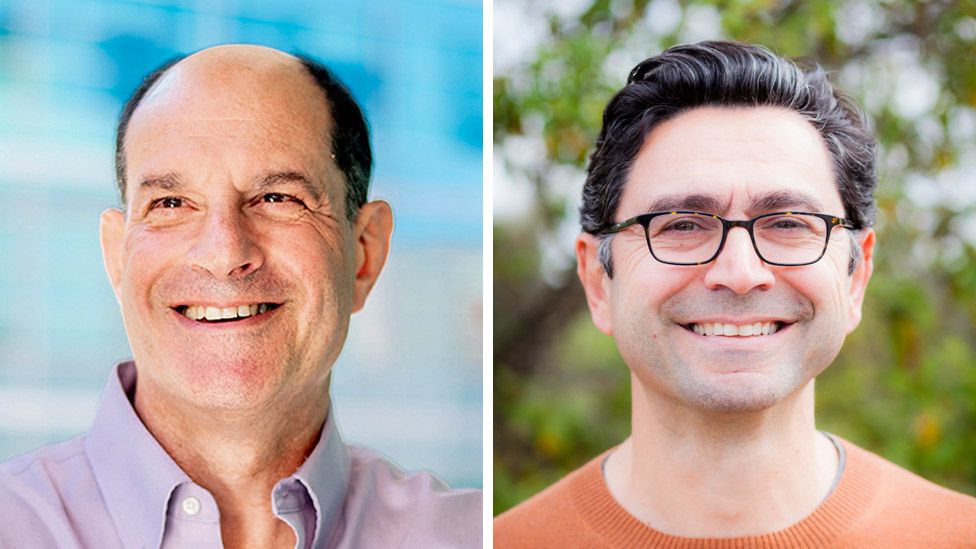Nobel Prize was awarded for research on the sense of touch and heat

Image credit: BBC
The Nobel Prize was awarded to scientists who discovered how our bodies react to the warmth of the sun or a hug from a loved one.
For their work in sensing touch and temperature, David Julius and Ardem Patapoutian from the United States share the 2021 award in Medicine or Physiology. They figured out how our bodies translate physical feelings into electrical signals in the neurological system. Their discoveries could lead to novel approaches to pain management. Heat, cold, and touch are essential for both experiencing the world and surviving.
However, one of biology’s big mysteries has been how our bodies actually do it.
It was a very important and deep finding, Nobel Prize Committee member Thomas Perlman remarked.
Prof. David Julius of the University of California, San Francisco, made a breakthrough by looking into the burning sensation we get when we eat a hot chilli pepper. He worked with the molecule capsaicin, which is the source of a chilli’s heat. He discovered the type of receptor that responded to ‘capsaicin’ means a portion of our cells that detects the world around them.
Further experiments revealed that the receptor was heat-sensitive and activated at “painful” temperatures. This is what happens when you burn your palm on a cup of coffee, for example.
TRPV1, the earliest heat receptor, is also implicated in chronic pain and the way our bodies control their core temperatures. The touch receptor (PIEZ02) has a variety of functions, including urination and blood pressure regulation.
Their research “enabled us to understand how heat, cold, and mechanical forces can trigger nerve impulses that allow us to sense and adapt to our surroundings.” “This understanding is being used to create medicines for a wide range of medical disorders, including chronic pain,” according to the prize committee.
The 10 million Swedish kronor (£845,000) reward will be split between the two.
